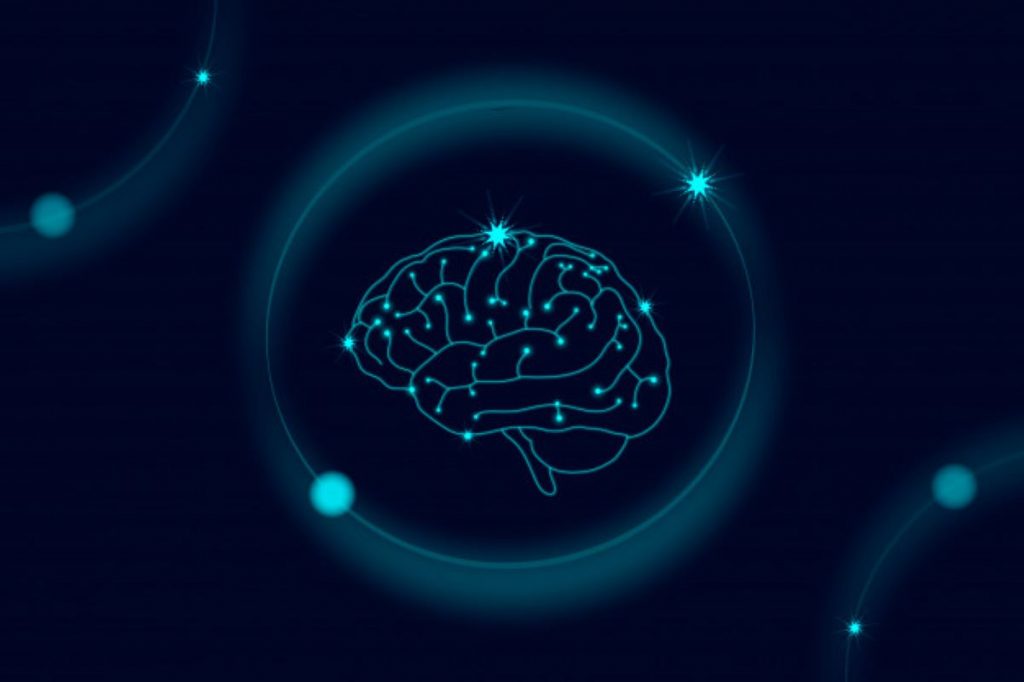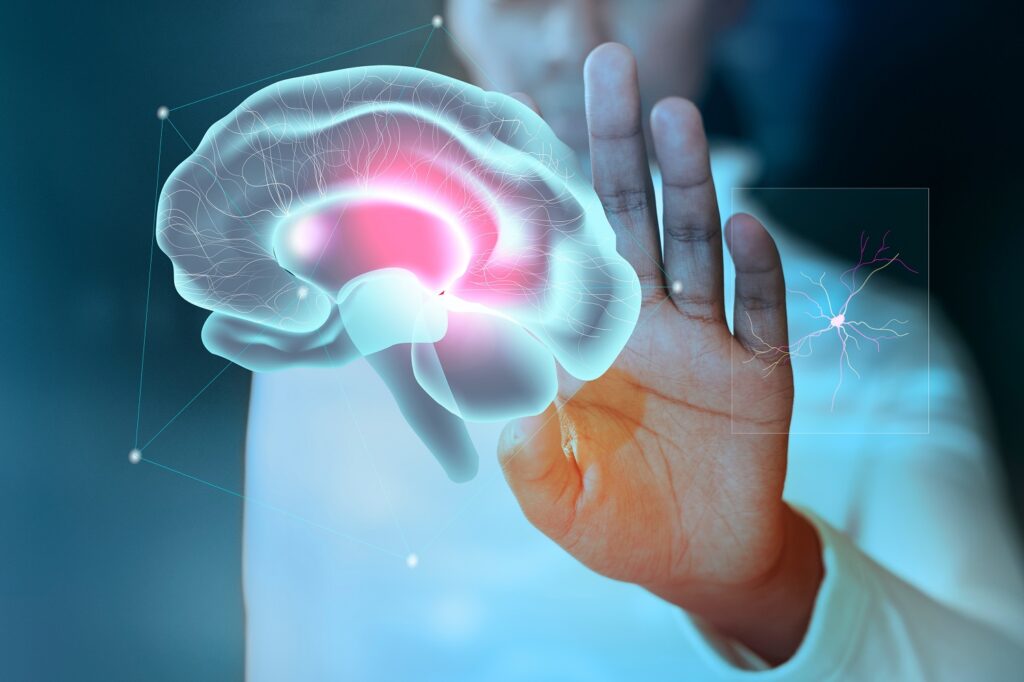Self-monitoring is an important component of human empathy and is essential for the formation of the repair of social relations. The gray matter changes in patients with dementia and also indicates that anatomical regions such as the orbitofrontal, temporal cortex, and anterior prefrontal have an essential role in the self-monitoring function in patients with dementia.
The lateral and medial orbitofrontal cortex enormously contributed to self-monitoring in patients with dementia. The insula cortex is associated with decreased self-monitoring. Insula is involved in experiencing emotions and depicting the emotional state of other people. The anterior temporal pole is correlated with self-monitoring.
The ventral medial prefrontal cortex is associated with decreased self-monitoring. Self-monitoring is associated with decreased brain volumes in the left dorsolateral prefrontal cortex and right ventrolateral prefrontal cortex. Thus, it seems that dementia could impair sensitivity to the expressive behavior of others.
The lateral orbitofrontal cortex, temporal pole, insula, left dorsolateral prefrontal cortex, and right ventrolateral prefrontal cortex are important brain areas for the self-monitoring process. Patients with dementia have decreased ability for both low-level and high-level self-monitoring processes due to impaired insula and orbitofrontal cortex.















